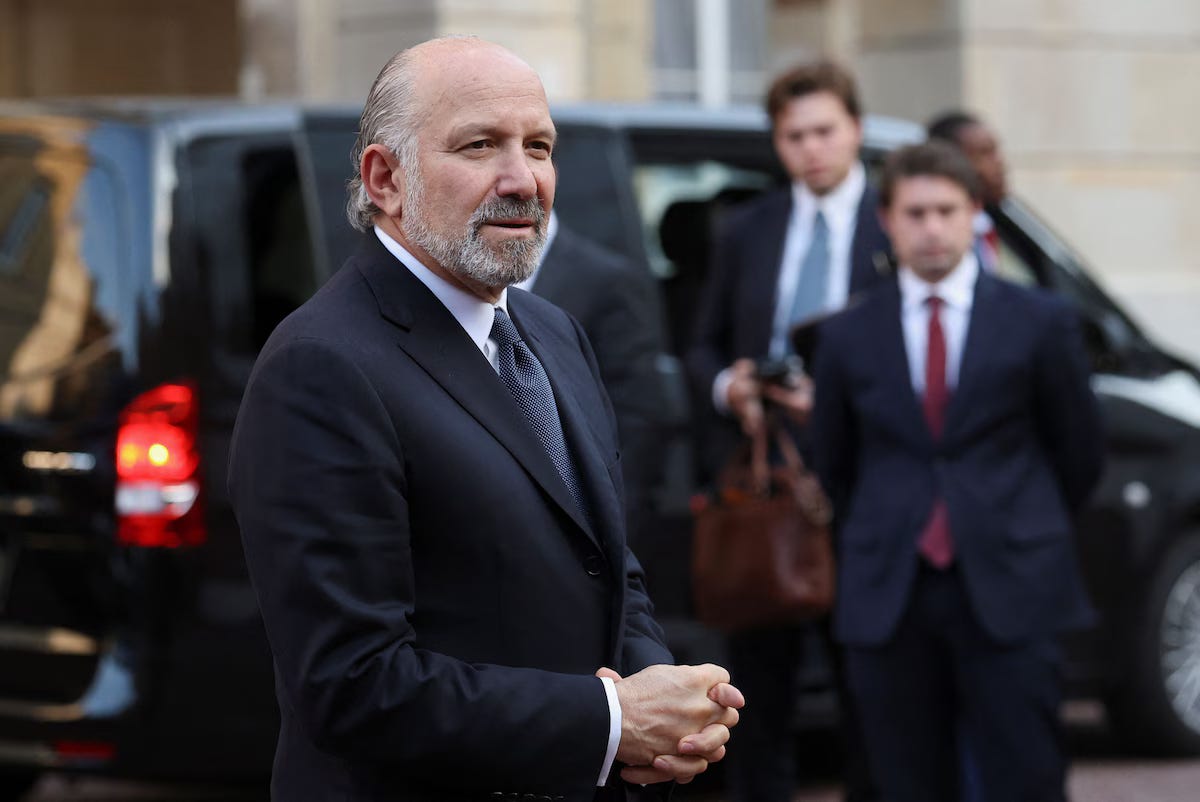From Tirade to Trade: U.S.-China Thaw after London Parleys
U.S.-China Trade Truce: New Framework Emerges to Reduce Tensions, Reboot Cooperation.

U.S.-China Trade Tariff Talks
Amid years of simmering trade tensions and economic decoupling, the United States and China have taken a significant step toward stabilization by agreeing to a framework that could reset key elements of their strained commercial relationship. The draft accord, unveiled late in the evening following high-level talks in London on June 10, 2025, builds upon a 90-day tariff truce negotiated in Geneva earlier this year and addresses issues ranging from rare earth exports to technology restrictions and multilateral oversight mechanisms. While the agreement is substantially complete, it remains subject to formal approval by the top political leadership on both sides.
Context: From Confrontation to Coordination
For much of the past five years, U.S.-China economic ties have been mired in mutual suspicion, rising tariffs, and tit-for-tat sanctions. With global markets rattled and supply chains destabilized, the need for structured dialogue became increasingly urgent. The Geneva round of negotiations earlier in 2025 marked the first major thaw, leading to a 90-day suspension of heightened tariffs, and the London meeting sought to flesh out that preliminary understanding into actionable terms.
According to both countries' official readouts and the reporting by Bloomberg and The Washington Post, the London meetings resulted in a tentative but meaningful framework designed to:
Lower punitive tariffs on key goods,
Restore rare earths supply chains,
Resume select high-tech trade flows, and
Establish an oversight panel for implementation.
1. Tariff De-escalation: Mutual Relief in Sight
Under the Geneva accord—now further refined in London—the U.S. has agreed to reduce average tariffs on Chinese goods from an extreme 145% to 30%, while China has reciprocated by cutting its average tariffs on U.S. products from 125% to 10%.
This easing will particularly impact high-value categories:
U.S. semiconductors, aircraft parts, and soybeans
Chinese electronics, EV components, and solar panels
Both sides view this move not as a final resolution but as a gesture of goodwill and an attempt to restore predictability to international trade.
2. Rare Earths: Breaking a Strategic Stalemate
One of the most consequential breakthroughs, as highlighted in The Washington Post, was China’s decision to partially ease its export restrictions on rare earth minerals, a sector where it maintains near-monopoly control. This is pivotal for the U.S., whose defence, green tech, and advanced manufacturing sectors are heavily reliant on these critical elements.
The deal will allow U.S. firms—under a new licensing protocol—to import rare earths like neodymium, dysprosium, and terbium from approved Chinese exporters, reversing years of embargoes.
China’s rare earth supply had become a powerful geopolitical lever, particularly after its 2023 restriction on gallium and germanium exports. The current move signals a recalibration in its strategic calculus.
3. Tech Trade: Controlled Re-Engagement
In exchange for rare earth access, the U.S. has agreed to allow limited high-tech exports—notably in aerospace and semiconductor manufacturing equipment—under strict licensing. This marks a notable deviation from the broader policy of technological decoupling under the CHIPS and Science Act.
The focus here is less on trust and more on interdependence: U.S. equipment remains vital for China’s semiconductor ambitions, while the U.S. needs low-cost rare earths for its defense and EV sectors.
However, exports related to AI chips, quantum computing, and 5G/6G infrastructure remain banned.
4. Oversight Mechanism: Dialogue Over Disputes
To ensure accountability and prevent miscommunication, the new framework establishes a Joint Trade Implementation Group consisting of senior officials from the U.S. Commerce Department and China’s Ministry of Commerce. Monthly virtual meetings and quarterly in-person sessions are planned to track compliance.
A separate Track-II channel involving think tanks and academic observers will supplement these official talks, particularly on emerging tech norms and green trade standards.
5. Market Reactions: A Breath of Relief
Global markets welcomed the news:
Hang Seng Index jumped 0.8% in Hong Kong
Shanghai Composite rose by 0.6%
S&P 500 and Nasdaq registered moderate gains amid optimism for easing inflationary pressures
The technology, automotive, and commodities sectors led the rally, with rare earths and semiconductor stocks seeing notable gains.
6. Road Ahead: Fragile Progress, Big Questions
Despite the positive headlines, analysts remain cautious. Several sticking points remain:
Intellectual property enforcement
Cybersecurity and data access
Human rights sanctions
Subsidy transparency under WTO norms
Moreover, U.S. lawmakers across both aisles are sceptical. Senate Republicans argue the administration has conceded too much, too soon, while progressive Democrats worry about enabling China’s industrial-military complex.
From the Chinese side, hardliners continue to view U.S. tech restrictions as an existential threat to national rejuvenation goals.
7. Parallel Track: U.S.-India Trade Talks Advance Quietly
Meanwhile, Washington’s diplomatic calendar remains packed, with U.S.-India trade talks also gaining traction in recent weeks. While not as high-profile as the China parleys, the renewed engagement with New Delhi reflects Washington’s parallel pivot toward trusted strategic partners in the Indo-Pacific. Discussions have focused on easing market access, boosting high-tech collaboration, and aligning regulatory standards—particularly in semiconductors and digital trade—amid shared concerns over supply chain resilience and regional stability.
Going Forward: Fragile Yet Foundational
The London agreement may not represent a comprehensive “reset,” but it marks an important recalibration. It reflects a mutual recognition that economic interdependence, however strategic, cannot be indefinitely weaponised without mutual harm.
In a deeply fractured geopolitical world, dialogue remains the only durable antidote to decoupling. Whether this fragile truce can evolve into a longer-term partnership will depend not just on trade metrics but on political maturity on both sides of the Pacific.



